The Rembrandt House Museum in Amsterdam: A review
You could easily be forgiven if, at first, you just walk by the Rembrandt House Museum in Amsterdam. You might notice that it’s pretty, but so are so many houses along the old canal rings.
Disclosure: This post contains affiliate links. That means I’ll receive a small commission on anything you buy through clicking the links. This will not affect your price.
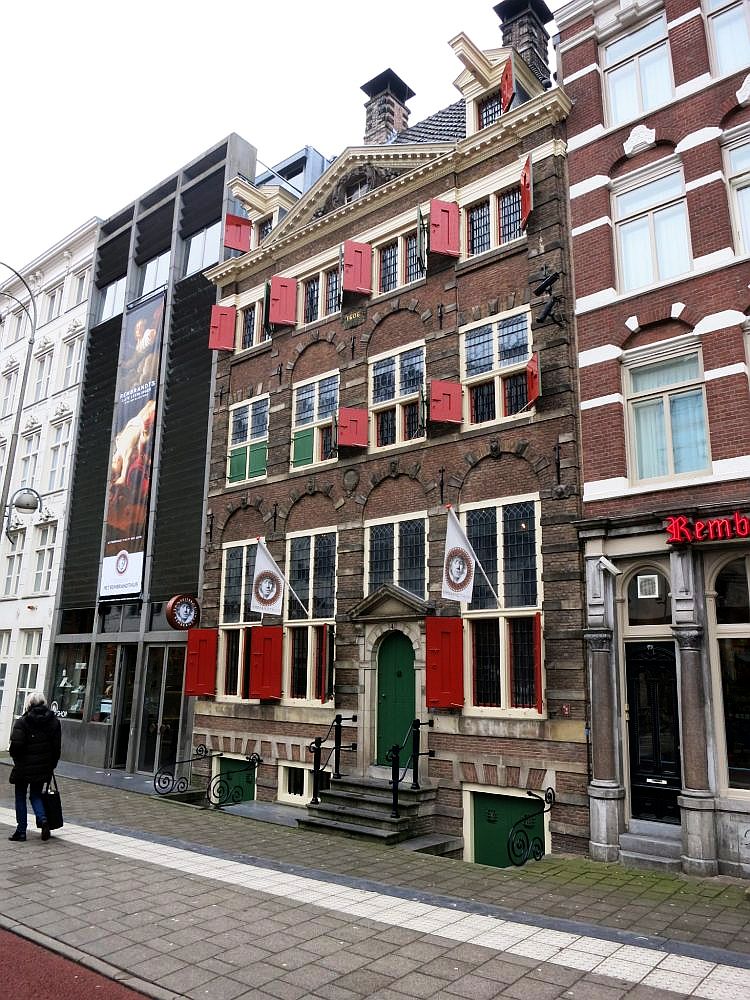
On a less-charming street than many of the other small museums in Amsterdam that I’ve written about, this house was where Rembrandt lived and taught a handful of pupils until bankruptcy forced him out. The exterior still shouts “Golden Age” in all its glory. However, inside it was completely changed over the centuries, so, when it became a museum, it was restored to its mid-1600’s appearance. In other words, the inside is all a reconstruction.
Note: I put the term “Golden Age” in quotation marks because this period of enormous prosperity and growth in Amsterdam was not at all golden for the people on whom that prosperity was built: the enslaved people who were traded for profit or put to work on plantations overseas. However, a suitable substitute name has not emerged yet.
You might also be interested in these other sights in Amsterdam:
Historical reconstruction
This is a good thing and a bad thing. On the positive side, it gives a realistic idea of what a 17th-century Amsterdam house looked like when it was new. The furnishings are based on what is visible in many of the paintings and sketches by Rembrandt himself as well as by the students who passed through his studio.
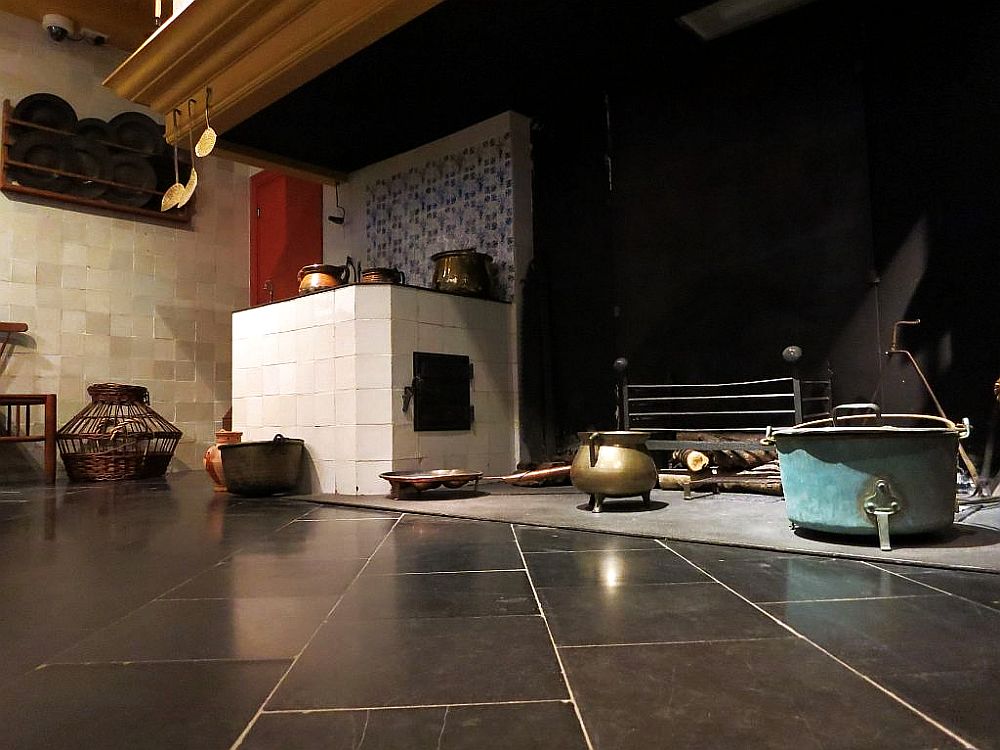
You can see his reception room, where he sold his paintings; the kitchen, including the bedstee where the maid slept; his bedroom; his studio; and his students’ studio. There’s a large storeroom, where he kept specimens of various sorts, as well as a working press for printing etchings.
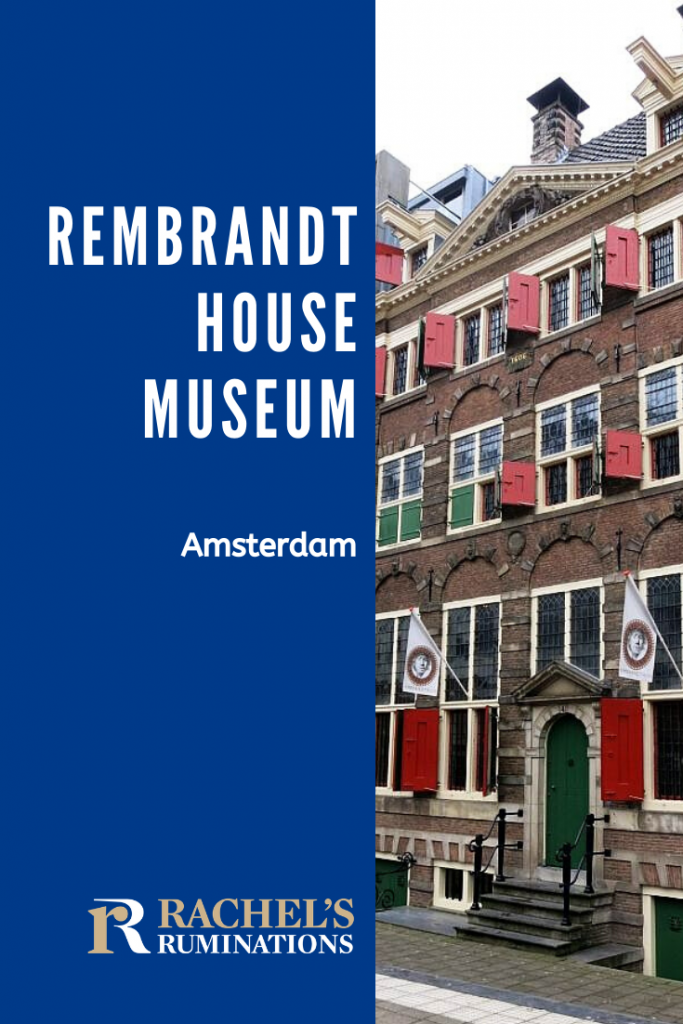
What Rembrandt House Museum is missing
On the other hand, it’s missing something: atmosphere. When I go to see a historic house, like the Van Loon Museum, for example, I expect to see furnishings that are old. The staircase should be worn, the lighting should be poor, the tiling in the kitchen should be chipped.
Such things are signs of wear, to be sure, but I like them. They help me imagine more vividly what it might have been like to live in the house in that time. I had that feeling climbing the dark stairway to Ons’ Lieve Heer op Solder, for example.
The Rembrandthuis is just too clean, too new, and too well-lit. It was interesting nevertheless, especially the sight of his studio upstairs, reconstructed to match how it looked when he lived there.
If you are going to visit several museums and attractions on your trip to Amsterdam, it might be worth your while to buy a Go City Pass. It includes admission to a whole list of museums, sights and entertainment in and outside of Amsterdam, including Rembrandt House and the Rijksmuseum.
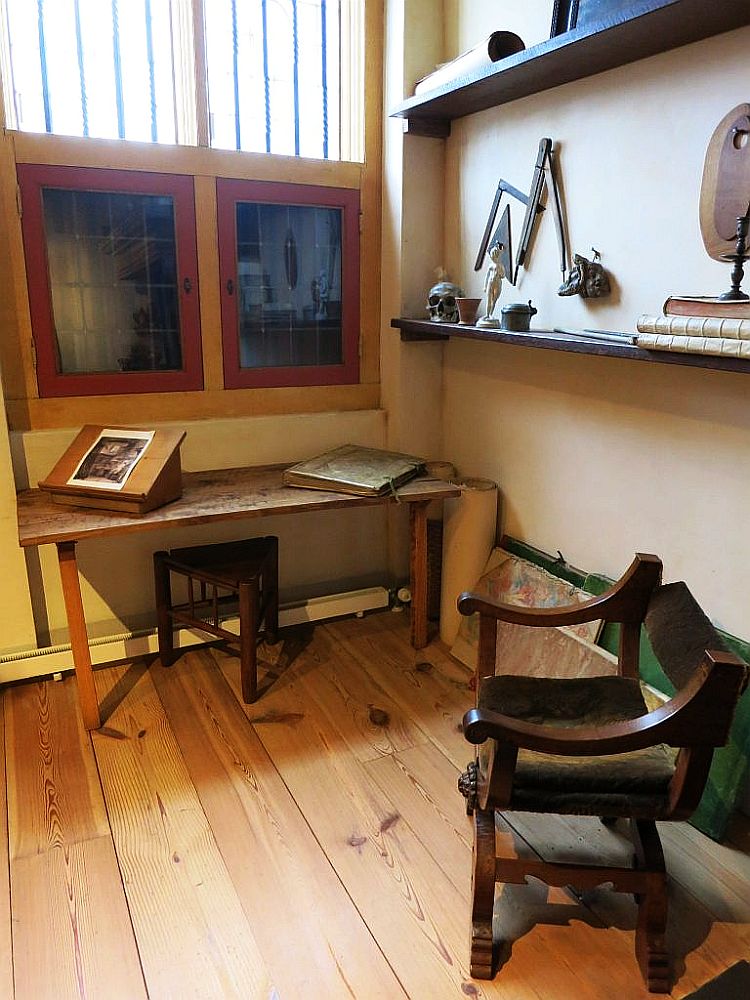
The Rembrandt House Museum includes a modern building next door, which allows for more exhibition space. The exhibit when I visited was called “Rembrandt’s Late Pupils: Studying under a Genius.” It was fascinating to see his students’ work and recognize what an influence he had on them when they studied with him in his home. Some of them went on to make names for themselves: Nicolaes Maes, for example.
The Rembrandt House Museum also has a large collection of Rembrandt’s etchings in their permanent collection.
Use the map below to find your accommodations in Amsterdam:
Recommendation
If you are trying to get a feel for what life in the “Golden Age” in Amsterdam was like, this isn’t the museum for you.
However, if you are interested in Rembrandt’s work or “Golden Age” painting in general, visiting the Rembrandt House Museum will give you some insight into his life, and would be especially worth it if you are also planning to visit the Rijksmuseum and/or the Mauritshuis in the Hague to see some of his most well-known works. Plan an hour or two: if you tend to skim, as I do, an hour is enough. If you want to read every explanatory sign in the exhibition or try out the press and make an etching of your own, you’ll be there longer.
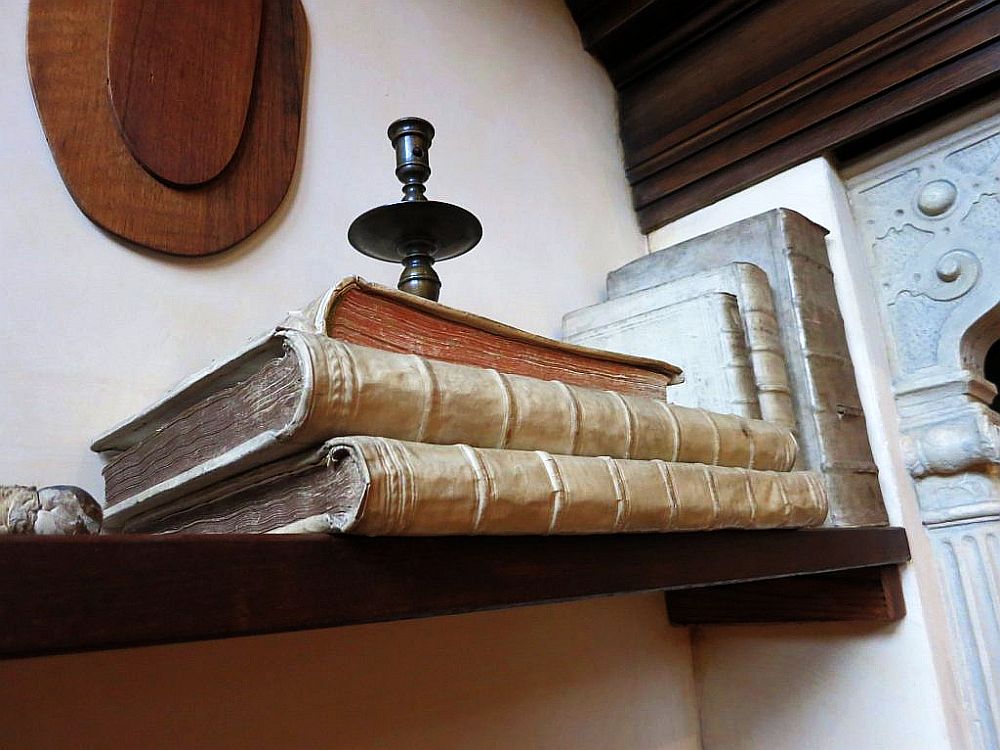
To buy tickets ahead of time to the Rembrandt House Museum, click here.
Or you can take this walking tour, which includes skip-the-line tickets to the Rembrandt house, as well as other sites that were part of his life and work.
Het Rembrandthuis Museum: Jodenbreestraat 4, Amsterdam. Walk in 12 minutes from the central train station or take the metro 51, 53 or 54 in 6 minutes, getting off at Waterlooplein. Open daily 10-18:00.
(Updated August 23, 2024)
My travel recommendations
Planning travel
- Skyscanner is where I always start my flight searches.
- Booking.com is the company I use most for finding accommodations. If you prefer, Expedia offers more or less the same.
- Discover Cars offers an easy way to compare prices from all of the major car-rental companies in one place.
- Use Viator or GetYourGuide to find walking tours, day tours, airport pickups, city cards, tickets and whatever else you need at your destination.
- Bookmundi is great when you’re looking for a longer tour of a few days to a few weeks, private or with a group, pretty much anywhere in the world. Lots of different tour companies list their tours here, so you can comparison shop.
- GetTransfer is the place to book your airport-to-hotel transfers (and vice-versa). It’s so reassuring to have this all set up and paid for ahead of time, rather than having to make decisions after a long, tiring flight!
- Buy a GoCity Pass when you’re planning to do a lot of sightseeing on a city trip. It can save you a lot on admissions to museums and other attractions in big cities like New York and Amsterdam.
Other travel-related items
- It’s really awkward to have to rely on WIFI when you travel overseas. I’ve tried several e-sim cards, and GigSky’s e-sim was the one that was easiest to activate and use. You buy it through their app and activate it when you need it. Use the code RACHEL10 to get a 10% discount!
- Another option I just recently tried for the first time is a portable wifi modem by WifiCandy. It supports up to 8 devices and you just carry it along in your pocket or bag! If you’re traveling with a family or group, it might end up cheaper to use than an e-sim. Use the code RACHELSRUMINATIONS for a 10% discount.
- I’m a fan of SCOTTeVEST’s jackets and vests because when I wear one, I don’t have to carry a handbag. I feel like all my stuff is safer when I travel because it’s in inside pockets close to my body.
- I use ExpressVPN on my phone and laptop when I travel. It keeps me safe from hackers when I use public or hotel wifi.


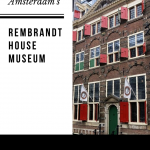
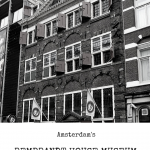



I totally disagree with you but this is the beauty of Amsterdam’s small museums. There is something for everyone. To stand in the space where the Jewish bride was painted and see how paints were made. To explore the technique that Rembrandt used to make his etchings I find more educational than the Van Loon House who were slave traders. The history of the street is also fascinating. The modern architecture hides such great stories of community spirit in the 1970s, Spinoza, hidden catholic churches and more. In my opinion well worth a visit.
I guess I just didn’t feel that connection to the artist because it all seemed so new. But I agree it’s worth a visit! I love the variety of small museums in Amsterdam.